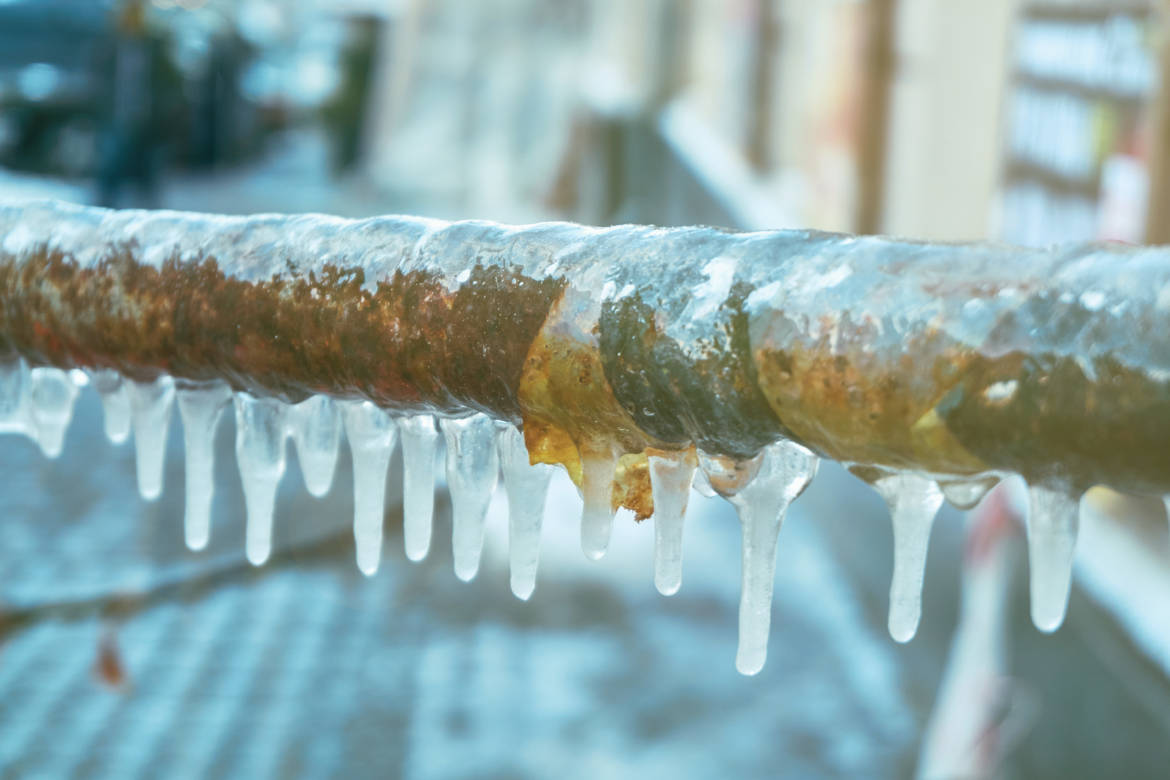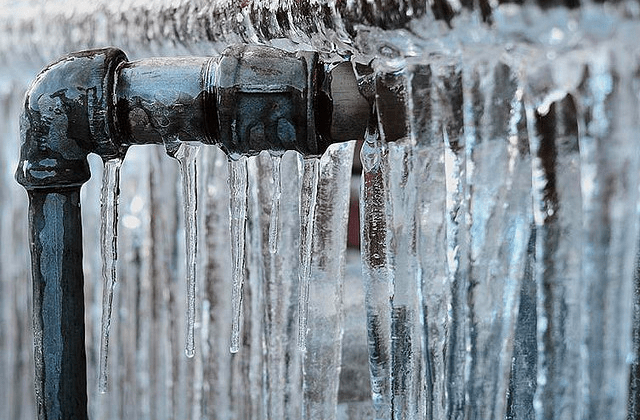Ways to Avoid Frozen Plumbing in Winter: Pro Advice
Ways to Avoid Frozen Plumbing in Winter: Pro Advice
Blog Article
Just how do you feel in regards to How to Prevent Your Pipes From Freezing?

Winter can damage your pipes, especially by freezing pipes. Below's just how to stop it from occurring and what to do if it does.
Introduction
As temperatures drop, the threat of icy pipes increases, potentially resulting in costly repair work and water damages. Comprehending just how to stop icy pipelines is essential for home owners in chilly climates.
Prevention Tips
Protecting prone pipes
Cover pipes in insulation sleeves or utilize heat tape to secure them from freezing temperatures. Concentrate on pipes in unheated or outside locations of the home.
Heating methods
Maintain interior areas sufficiently heated, particularly locations with pipes. Open up closet doors to allow warm air to distribute around pipelines under sinks.
Just how to recognize frozen pipes
Search for reduced water flow from taps, uncommon smells or sounds from pipelines, and noticeable frost on revealed pipelines.
Long-Term Solutions
Architectural changes
Take into consideration rerouting pipes away from outside wall surfaces or unheated locations. Include additional insulation to attics, cellars, and crawl spaces.
Updating insulation
Purchase top notch insulation for pipes, attic rooms, and walls. Correct insulation assists maintain regular temperatures and lowers the danger of icy pipes.
Protecting Outside Pipes
Garden tubes and outdoor faucets
Detach and drain garden pipes before wintertime. Mount frost-proof faucets or cover outside taps with shielded caps.
Comprehending Frozen Pipes
What creates pipes to freeze?
Pipes ice up when revealed to temperatures below 32 ° F (0 ° C) for prolonged durations. As water inside the pipelines ices up, it expands, putting pressure on the pipe wall surfaces and possibly triggering them to break.
Threats and damages
Frozen pipes can result in water system interruptions, home damages, and pricey fixings. Burst pipes can flooding homes and cause substantial structural damage.
Indicators of Frozen Piping
Recognizing icy pipes early can prevent them from breaking.
What to Do If Your Pipelines Freeze
Immediate actions to take
If you think icy pipes, maintain taps open to relieve pressure as the ice thaws. Use a hairdryer or towels taken in hot water to thaw pipelines gradually.
Verdict
Stopping frozen pipes requires proactive procedures and fast reactions. By understanding the causes, signs, and safety nets, house owners can safeguard their pipes during cold weather.
5 Ways to Prevent Frozen Pipes
Drain Outdoor Faucets and Disconnect Hoses
First, close the shut-off valve that controls the flow of water in the pipe to your outdoor faucet. Then, head outside to disconnect and drain your hose and open the outdoor faucet to allow the water to completely drain out of the line. Turn off the faucet when done. Finally, head back to the shut-off valve and drain the remaining water inside the pipe into a bucket or container. Additionally, if you have a home irrigation system, you should consider hiring an expert to clear the system of water each year.
Insulate Pipes
One of the best and most cost-effective methods for preventing frozen water pipes is to wrap your pipes with insulation. This is especially important for areas in your home that aren’t exposed to heat, such as an attic. We suggest using foam sleeves, which can typically be found at your local hardware store.
Keep Heat Running at 65
Your pipes are located inside your walls, and the temperature there is much colder than the rest of the house. To prevent your pipes from freezing, The Insurance Information Institute suggests that you keep your home heated to at least 65 degrees, even when traveling. You may want to invest in smart devices that can keep an eye on the temperature in your home while you’re away.
Leave Water Dripping
Moving water — even a small trickle — can prevent ice from forming inside your pipes. When freezing temps are imminent, start a drip of water from all faucets that serve exposed pipes. Leaving a few faucets running will also help relieve pressure inside the pipes and help prevent a rupture if the water inside freezes.
Open Cupboard Doors
Warm your kitchen and bathroom pipes by opening cupboards and vanities. You should also leave your interior doors ajar to help warm air circulate evenly throughout your home.

I'm very curious about How to Prevent Your Pipes From Freezing and I hope you appreciated the page. Sharing is caring. Helping people is fun. We truly appreciate reading our article about 6 Ways to Prevent Frozen Pipes.
Get Estimate Report this page